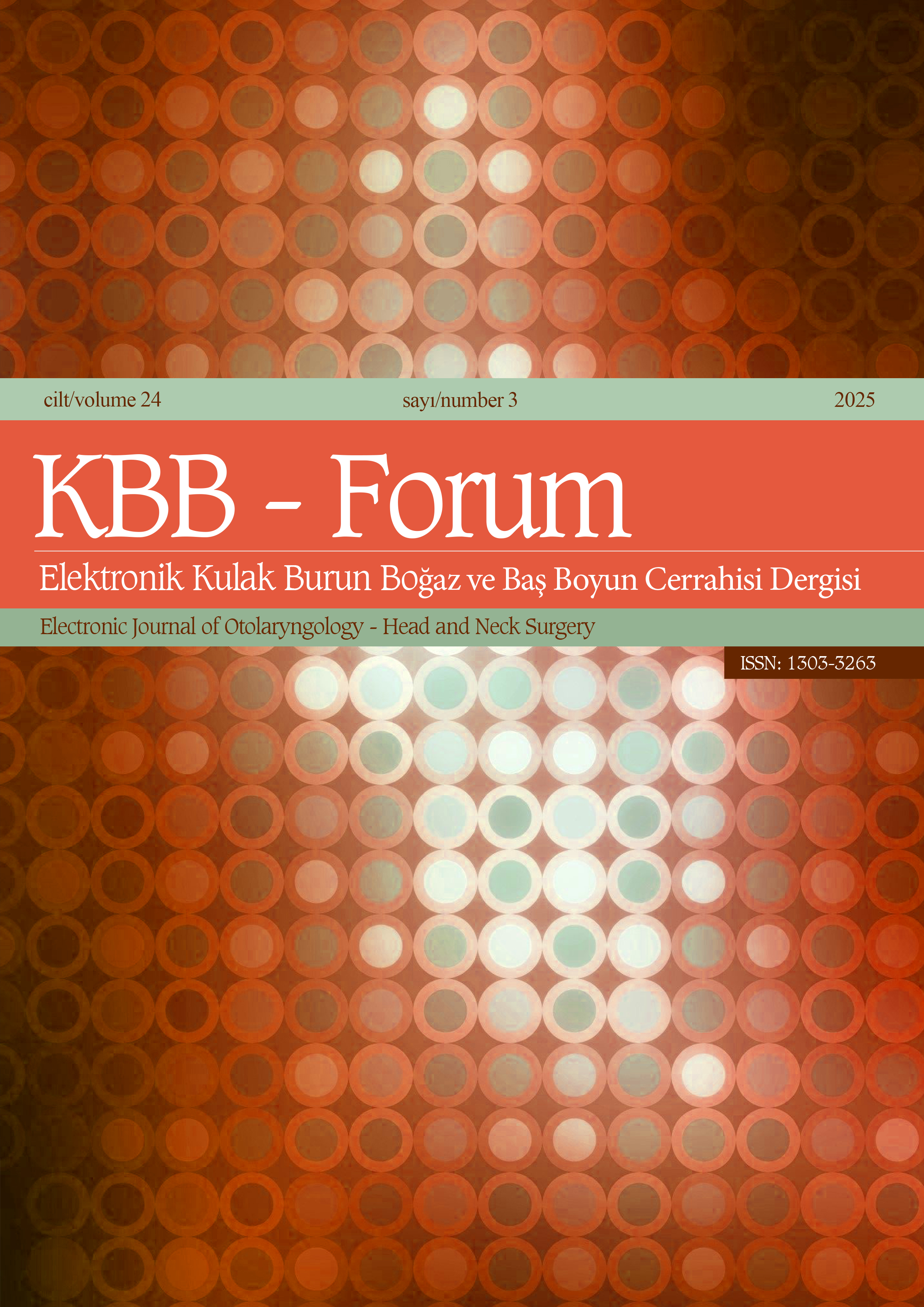SEASONAL TRENDS AND CORRELATION BETWEEN SLEEP APNEA AND NOCTURIA: A GOOGLE TRENDS ANALYSIS
1Acıbadem Fulya Hastanesi, Kulak Burun ve Boğaz, İstanbul, Türkiye2Acıbadem Fulya Hastanesi, Üroloji, İstanbul, Türkiye Introduction: This study explores the seasonal trends and correlation between obstructive sleep apnea (OSA) and nocturia using Google Trends data from 2015 to 2025. OSA, a prevalent sleep disorder, is clinically linked to nocturia, a condition characterized by frequent nighttime urination. The study aims to understand public awareness and health-seeking behaviors related to these conditions through digital epidemiology tools.
Materials and Methods: Google Trends was used to analyze anonymized search interest data for keywords such as "sleep apnea," "nocturia," "snoring," and "CPAP." Time series analysis identified seasonal patterns, and Pearson's correlation coefficient (r) was calculated to assess the relationship between search interest in OSA and nocturia. Results: The analysis revealed significant seasonal trends, with search interest peaking during winter and declining in summer. A strong positive correlation (r = 0.836, p < 0.001) was found between search interest in OSA and nocturia, indicating a robust association. Similar seasonal patterns were observed for CPAP-related searches, reflecting increased awareness of OSA during colder months.
Discussion & Conclusion: The findings suggest that colder temperatures and increased symptom severity during winter may drive higher search interest for OSA and nocturia. The strong correlation underscores the clinical relevance of nocturia as a potential symptom of OSA, highlighting the need for interdisciplinary collaboration between ENT specialists and urologists. Digital epidemiology tools like Google Trends offer valuable insights into public health awareness and health-seeking behaviors. This study demonstrates distinct seasonal patterns and a significant correlation between OSA and nocturia, emphasizing the influence of seasonal factors on symptom perception and healthcare-seeking behavior. Interdisciplinary collaboration and the use of digital epidemiology tools are essential for improving diagnosis and management. Future research should integrate clinical data to further validate these findings and explore underlying mechanisms.
Keywords : Sleep apnea, nocturia, google trends, digital epidemiology, seasonal trends, ENT and Urology



